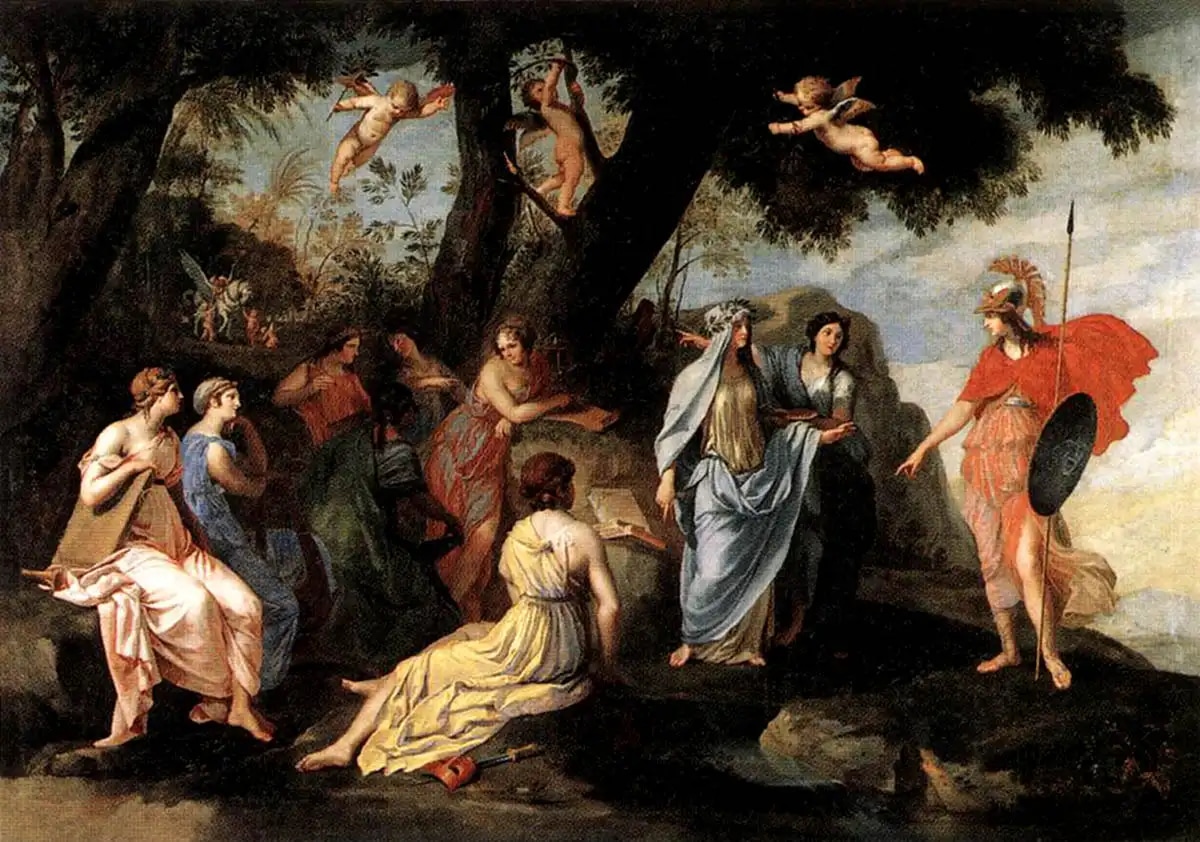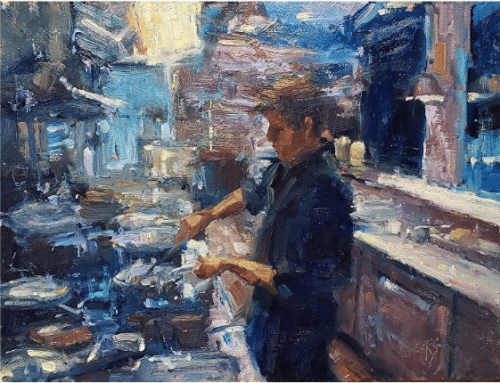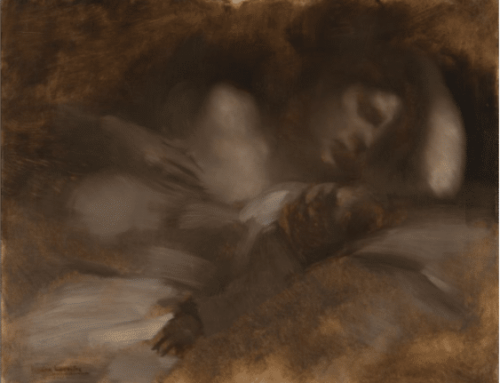Artist’s muses come in many shapes and sizes. A mild ritual with incense and fresh sprigs of lilac in a bowl of clear water might well get you a direct line to the divine beings tending the creative fires on Mount Olympus. It’s worth trying.
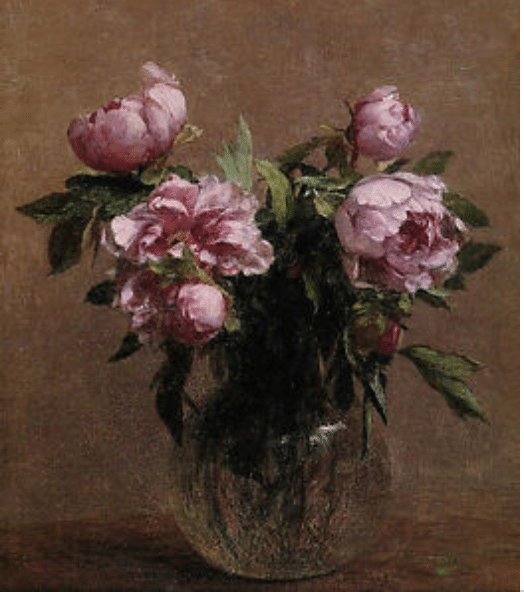
Fantin-Latour. Peonies make nice muse-magnets too.
Failing that, you can try setting aside a particular time each day for making art and hoping that a muse shows up. This is standard procedure for most full-time professional artists. It takes energy and plenty of “busy work” to sustain a career as a self-supporting artist. You have to be willing to “show up” in myriad ways, not least of which is actually setting up and starting to paint something whether you’re feeling inspired or not.
However, you can maximize your chances of catching some of the muses’ fire by knowing and using what Natalie Frank on her writing blog calls the “magic hour.” Everybody gets one of these – a particular time of day when you feel alert, alive, capable and motivated to make your work. For some it’s early in the morning. For others I know it’s midday, near lunchtime, or (to the detriment of any sort of domestic life worth speaking of) from 8 pm into
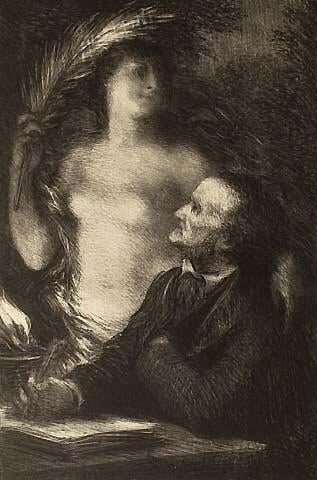
Fantin-Latour, The Muse (Richard Wagner)
the wee hours.
You know the feeling – you’re not at work, you finally have time to do whatever you want. Maybe some ideas chasing themselves around inside your head start to coalesce into an Idea. This is when you should literally turn off your phone and get to work. It’s time to set the stage and make the most of your Muse’s dramatic entrance. Unfortunately, most of the time I’m afraid, we let the moment pass.
Because it’s just then that we forget where we put that tabletop easel or remember we’re out of Titanium white. We start thinking about that email we were supposed to write, or that thing due (uh-oh) tomorrow.
Maybe we decide we need to take a quick glance at Instagram or Facebook for one last pinch of inspiration, and …. Well, you know how this story ends. Don’t let this happen to you (again)!
So keep an eye on your internal clock and when the hands line up with your “magic hour,” drop everything and just get started. Yes Virginia, everyone does get their own muse! The first question on the application for one is, “Do you know and honor your magic hour?”
If you’re in need of a refresher on the Muses (or would like to view some inspirational images of the classical Nine (Calliope, Clio, Erato, Euterpe, Melpomene, Polyhymnia, Terpsichore, Thalia, and Urania), have a glance over here.
Oh, and if by chance you’d like to apply for your very own writing muse (I hear Bertha – said to be a stout German woman, strict on writing schedules and output and good on grammar – is a safe bet) Natalie Frank has some advice for you about that, too.
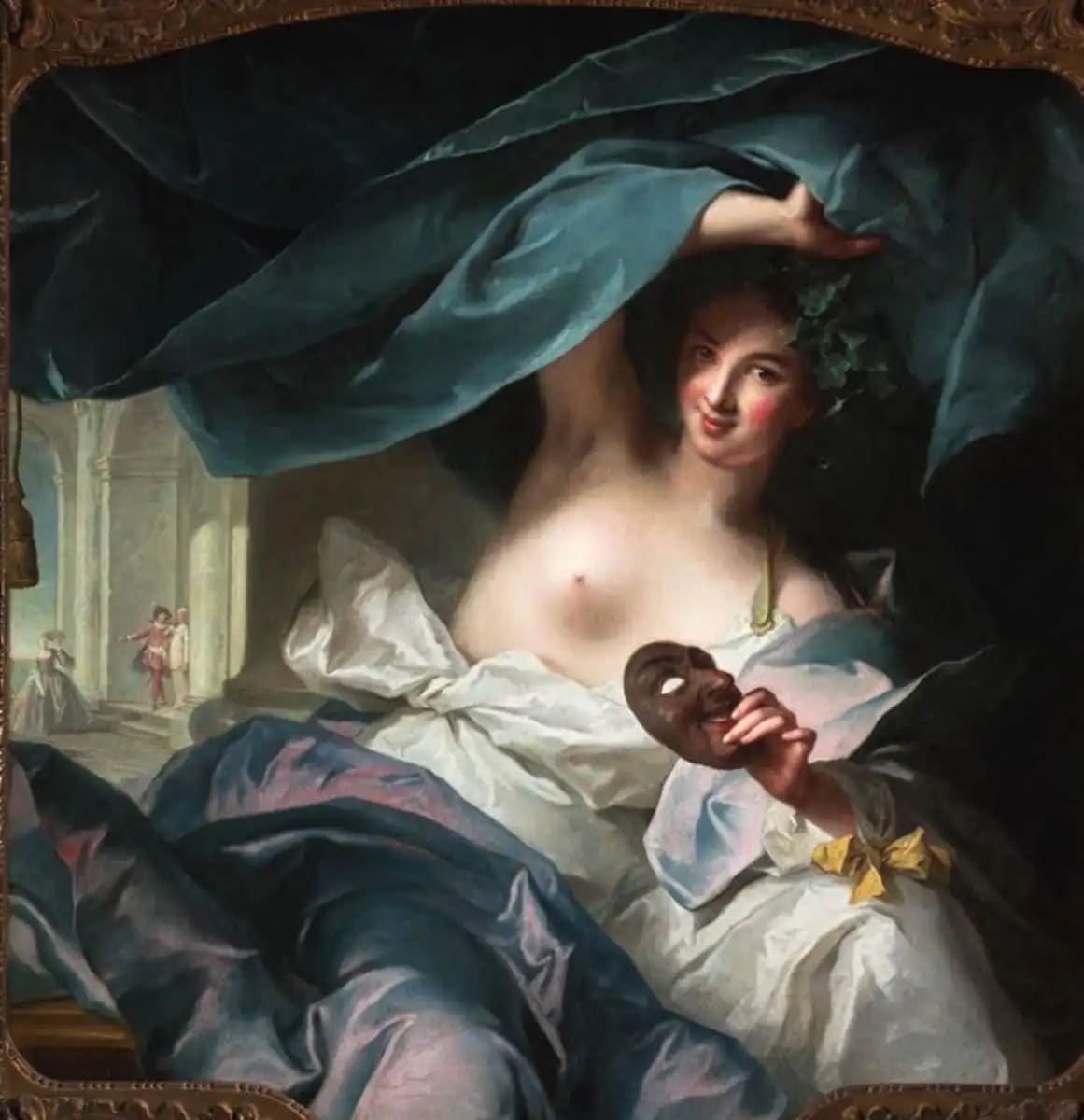
Jean Marc Nattier, Thalia, Muse of Comedy, 1739, via Fine Arts Museum of San Francisco
Berthe Morisot Show Traces the Impressionist’s Early British Muses
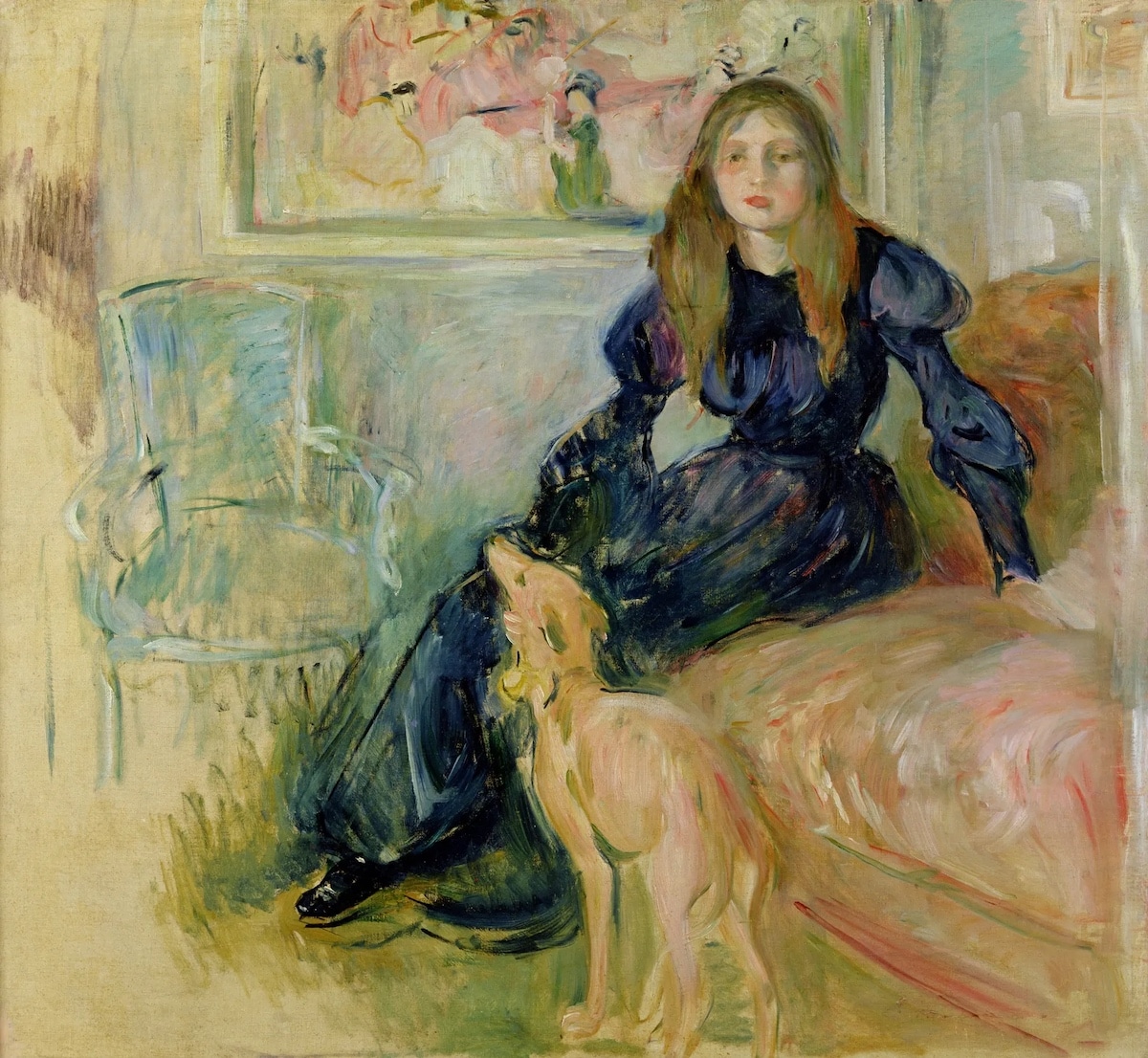
Berthe Morisot, Julie Manet with her Greyhound Laerte (1893) Musée Marmottan Monet, Paris
French Impressionist Berthe Morisot (1841-95) will be the subject of an exhibition in London next year that will explore the influence of 18th century French artists on her work.
As well as focusing on the impact that 18th-century French artists such as Jean-Honoré Fragonard and Antoine Watteau had on Morisot’s work, the Dulwich Picture Gallery show will be the first to explore the influence on Morisot’s work of English painters like Thomas Gainsborough and Joshua Reynolds, which the artist is said to have seen on a trip to England during her honeymoon.

